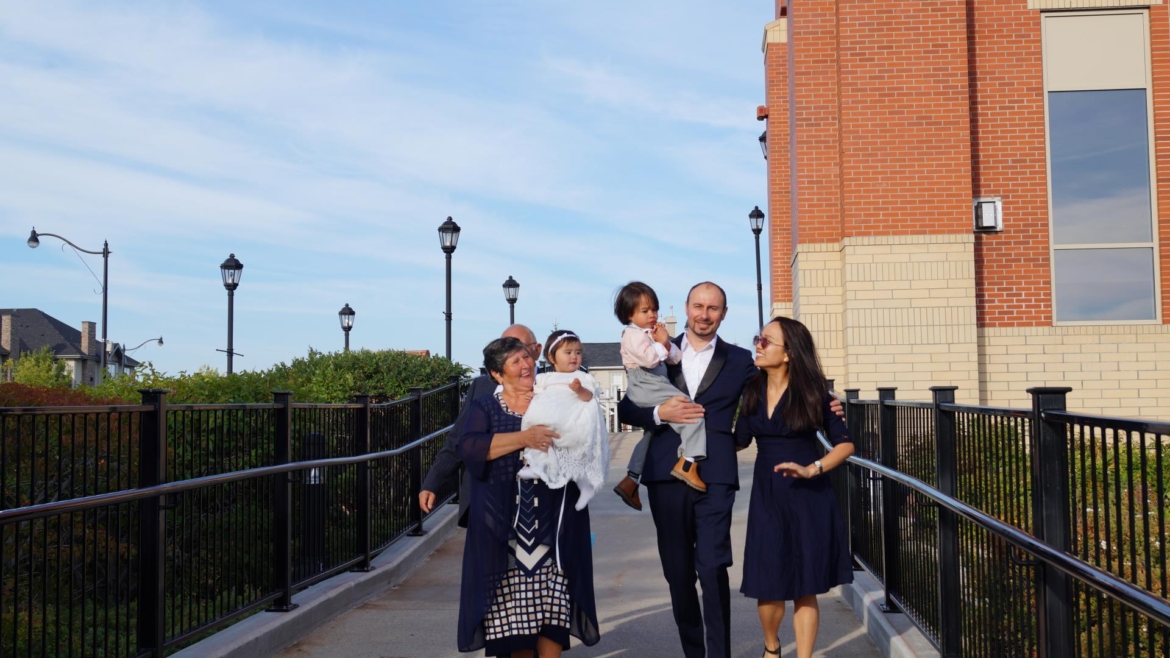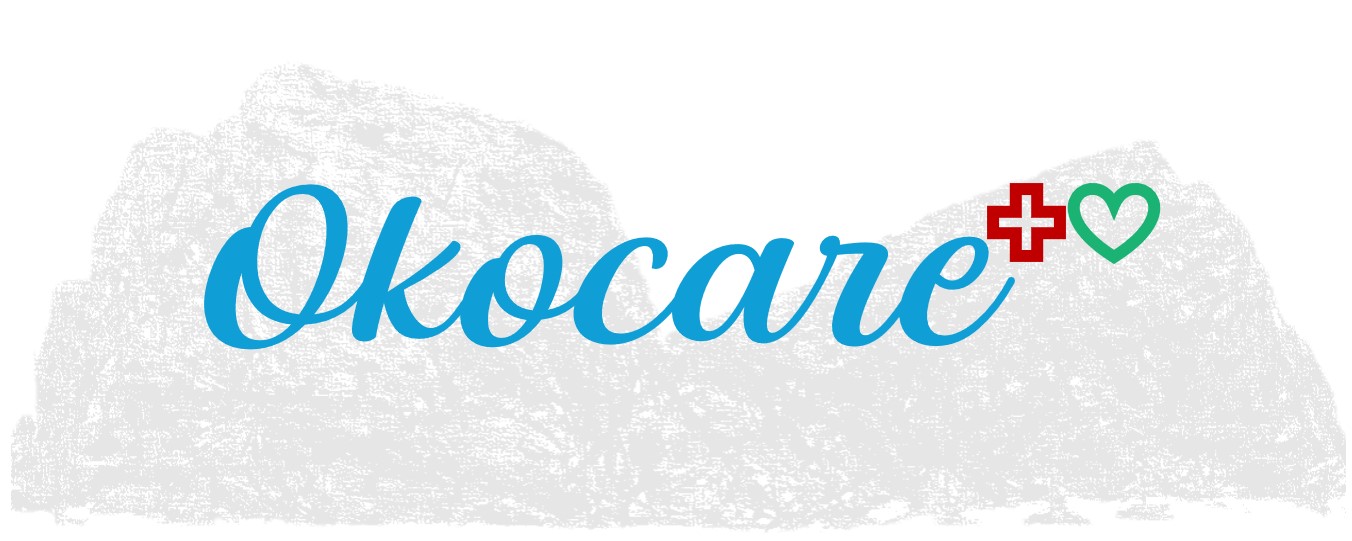How Family Photo Albums Connect Seniors and Caregivers
Family photo albums are more than just collections of pictures. They are also sources of memories, stories, and emotions that can help seniors and caregivers bond and communicate. In this blog post, we will explore how family photo albums can benefit seniors and caregivers, and how to create and use them effectively.
Benefits of Family Photo Albums for Seniors and Caregivers
Family photo albums can have many positive effects on seniors and caregivers, such as:
- Stimulating cognitive functions: Looking at photos can trigger memories and associations that can enhance seniors’ mental abilities and prevent cognitive decline. Photos can also stimulate conversation and language skills, as seniors and caregivers can share stories and information related to the images.
- Reducing stress and depression: Photos can evoke positive emotions and nostalgia that can improve seniors’ mood and well-being. Photos can also remind seniors of their identity, achievements, and relationships, which can boost their self-esteem and confidence. Caregivers can also benefit from the emotional support and connection that photos can provide.
- Strengthening the relationship: Photos can help seniors and caregivers learn more about each other’s backgrounds, interests, and personalities. Photos can also create opportunities for empathy, appreciation, and gratitude, as seniors and caregivers can acknowledge each other’s roles and contributions. Photos can also foster a sense of belonging and continuity, as seniors and caregivers can see themselves as part of a family history and legacy.
How to Create and Use Family Photo Albums Effectively
To make the most of family photo albums, here are some tips to follow:
- Choose meaningful photos: Select photos that capture important moments, people, places, or events in the senior’s life. Try to include a variety of photos that reflect different aspects of the senior’s identity, such as hobbies, passions, achievements, or values. Avoid photos that might cause confusion, distress, or embarrassment to the senior or the caregiver.
- Organize the photos: Arrange the photos in a logical order, such as chronological, thematic, or alphabetical. You can also use labels, captions, or stickers to add information or context to the photos. For example, you can write the names, dates, locations, or emotions related to the photos. You can also use colors, shapes, or symbols to categorize the photos according to different criteria.
- Engage with the photos: Don’t just look at the photos; interact with them. Ask open-ended questions that encourage the senior to share their thoughts, feelings, or memories related to the photos. For example, you can ask “Who is this person?”, “What were you doing in this photo?”, or “How did you feel when this happened?”. You can also share your own reactions or stories related to the photos. For example, you can say “I love this photo of you”, “This reminds me of when I…”, or “I learned something new about you from this photo”.
- Be respectful and supportive: Respect the senior’s preferences, boundaries, and pace when using the photo album. Don’t force them to look at photos they don’t want to see or talk about things they don’t want to share. Don’t correct them if they make mistakes or forget details; instead, validate their feelings and experiences. Don’t judge them for their choices or actions; instead, show empathy and understanding. Don’t pressure them to finish the album in one sitting; instead, take breaks and resume when they are ready.
Family photo albums are powerful tools that can enrich the lives of seniors and caregivers. By creating and using them wisely, you can enhance your communication, connection, and care.




